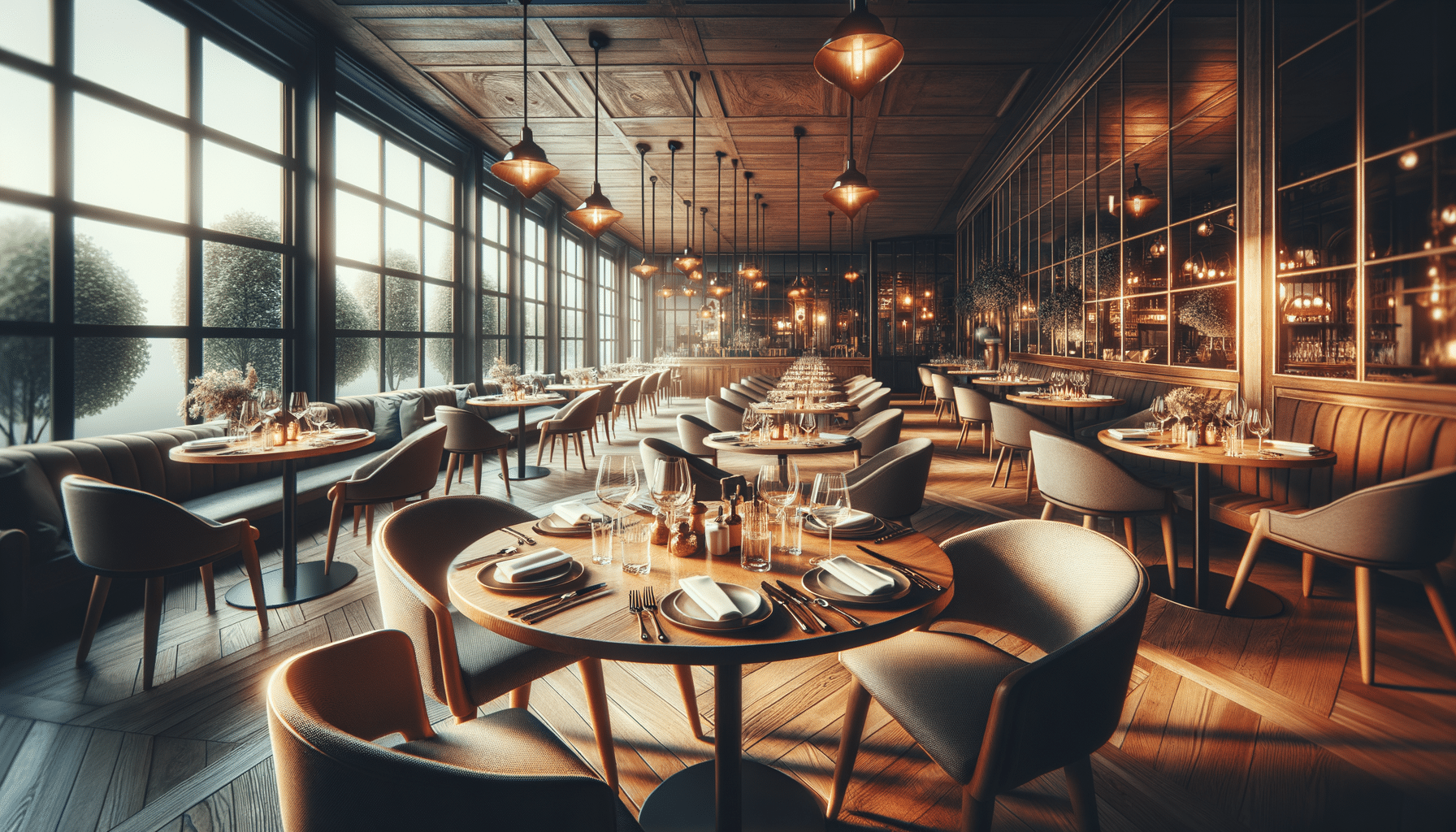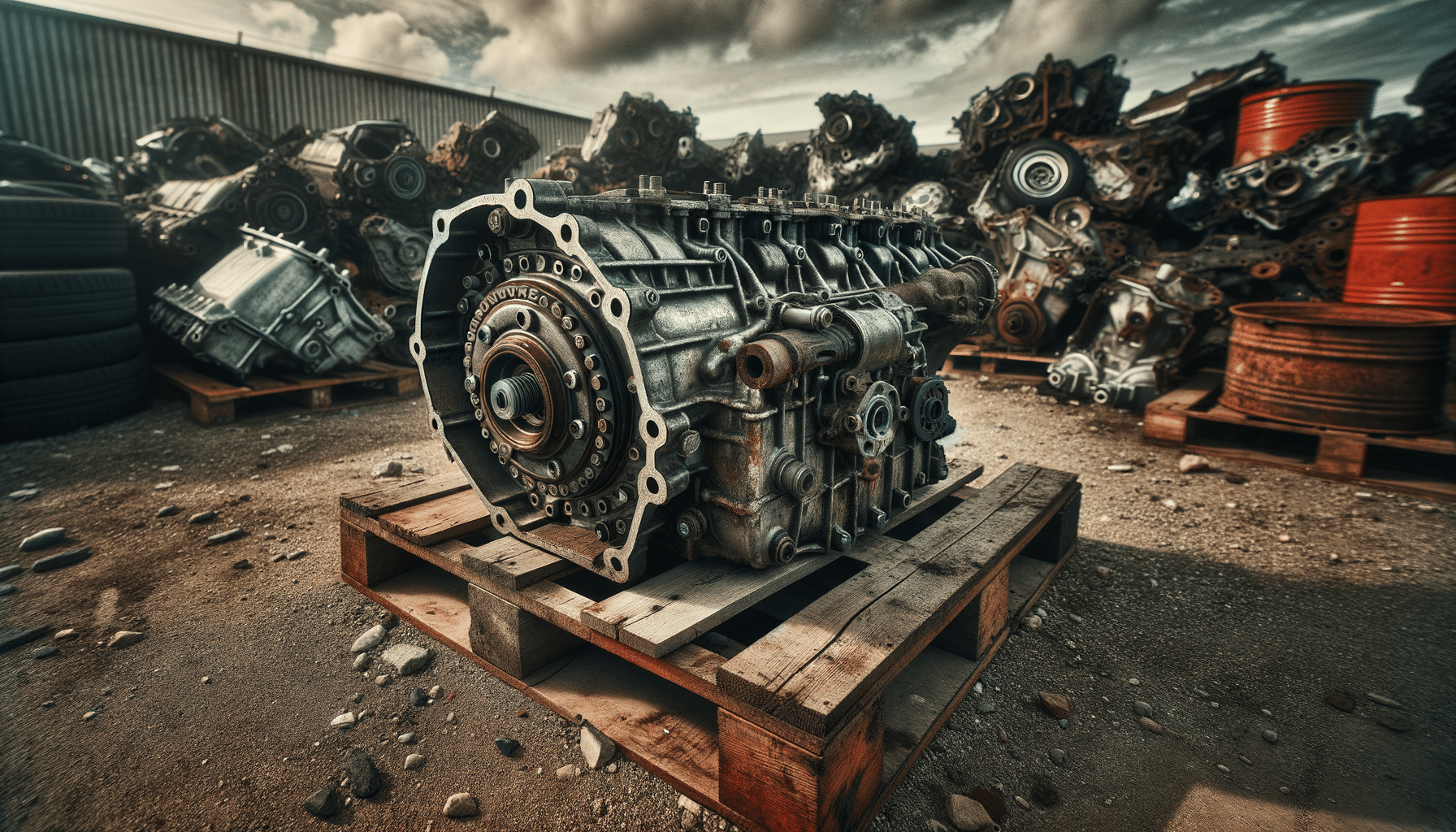
Exploring the World of Restaurant Furniture
Introduction to Restaurant Furniture
In the bustling world of hospitality, restaurant furniture plays a pivotal role in shaping the dining experience. It’s not just about providing a place to sit and eat; restaurant furniture contributes significantly to the ambiance and functionality of the space. From the sleek lines of modern design to the rustic charm of traditional styles, the right furniture can transform a simple meal into a memorable occasion. Understanding the importance of furniture selection is crucial for restaurant owners looking to create an inviting and efficient dining environment.
Choosing the Right Materials
When selecting restaurant furniture, the choice of materials is paramount. Different materials offer varying levels of durability, maintenance, and aesthetic appeal. Wood, for instance, provides a warm and classic look, ideal for creating a cozy atmosphere. Metal, on the other hand, offers a sleek and modern appearance, often used in contemporary settings. Additionally, materials like plastic and synthetic fibers are gaining popularity due to their durability and ease of maintenance. Each material has its strengths, and the decision often depends on the restaurant’s theme and target clientele.
Design and Comfort Considerations
Design and comfort are two crucial aspects that influence the choice of restaurant furniture. Patrons are more likely to return to a restaurant where they feel comfortable and relaxed. Ergonomically designed chairs and tables that offer adequate support go a long way in enhancing customer satisfaction. Furthermore, the design should complement the restaurant’s overall theme, whether it’s a chic urban café or a family-friendly diner. The interplay of design and comfort not only enhances the dining experience but also reflects the restaurant’s brand identity.
Space Utilization and Layout
Efficient space utilization is key to maximizing a restaurant’s seating capacity without compromising on comfort or aesthetics. The layout should allow for smooth traffic flow, ensuring that both customers and staff can move freely. Strategic placement of furniture can create distinct zones within the restaurant, such as intimate corners for couples or larger tables for group gatherings. Thoughtful space planning enhances the dining experience by providing guests with a sense of privacy and comfort, while also ensuring operational efficiency.
Maintenance and Durability
The longevity of restaurant furniture is a critical factor, given the high traffic and frequent use in dining establishments. Furniture should be sturdy enough to withstand daily wear and tear while maintaining its aesthetic appeal. Regular maintenance, such as cleaning and occasional repairs, is essential to prolong the lifespan of the furniture. Investing in high-quality, durable pieces can reduce long-term costs and ensure that the restaurant maintains its inviting appearance over time.
Conclusion: Enhancing Dining Experiences
In conclusion, restaurant furniture is more than just a functional necessity; it’s an integral component of the dining experience. By carefully selecting materials, focusing on design and comfort, optimizing space utilization, and ensuring durability, restaurant owners can create a welcoming atmosphere that delights guests and encourages repeat visits. As the restaurant industry continues to evolve, the role of thoughtfully chosen furniture remains a cornerstone in crafting exceptional dining experiences.


